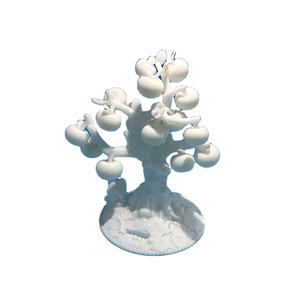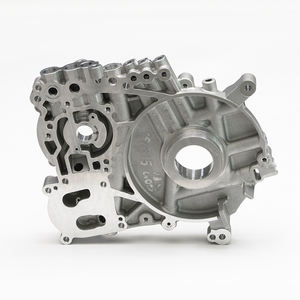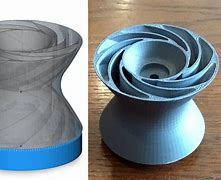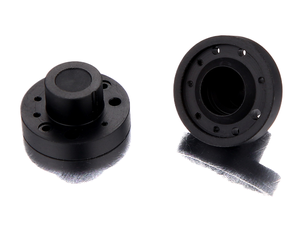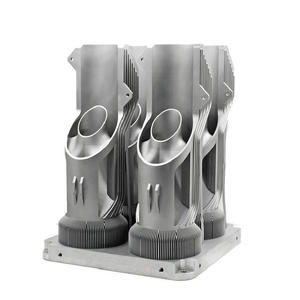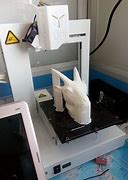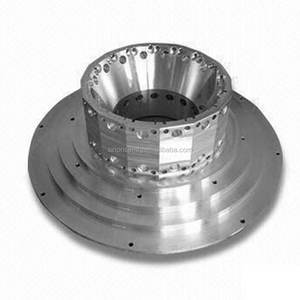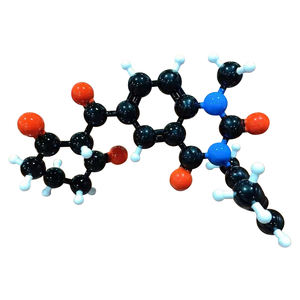Discover a professional 3D printing powder supplier
(The Influence of Magnetic Field-assisted Wire Material Additive Manufacturing on the Structure and Properties of In625 Superalloy)
Magnetic field assisted wire additive manufacturing of In625 superalloy was
used to study the influence of magnetic field on the microstructure and
performance. The mechanism of the influence of magnetic field on the
microstructure was discussed. The application of magnetic field can improve the
mechanical properties of wire additive manufacturing of 625 alloy.
Introduction:
Most nickel-based superalloy parts have complex structures and very high
manufacturing costs. WAAM manufacturing technology can manufacture parts with
complex structures at a lower cost, so the In625 superalloy can be manufactured
by WAAM technology. However, due to the high heat input and complex heat
transfer and mass transfer, the use of WAAM technology to manufacture IN625
often leads to a decrease in product quality, such as cracks or poor roughness.
At the same time, a large number of alloying elements in In625 alloy, such as
Nb, Cr, Mo can improve its performance through solid solution strengthening
during solidification. These elements also increase the solid-liquid two-phase
temperature range during solidification. The increase in temperature
deteriorates the degree of enriched elements, such as Nb and Mo elements,
resulting in the formation of unfavorable phases such as (Ni, Fe) 2 (Nb, Mo, Cr,
Ti), which will seriously affect the properties of the alloy. Therefore, the key
to improving the WAAM process is to overcome the above-mentioned problems, so
that In625 alloy with better performance can be manufactured.
Because of its high deposition efficiency, low cost and flexible
manufacturing, wire material for additive manufacturing has been widely used in
the manufacturing of In 625 superalloy. However, higher heat input and severe
element segregation occurred during the additive manufacturing process, which
reduced the quality of the formed In625 alloy and reduced its service
performance. Here, a magnetic field is used to assist in the process of additive
manufacturing of In625 from cold metal transition wires to change its
microstructure. The influence of the magnetic field on the microstructure and
mechanical properties of CMT-WAAM (Cold Metal Transition-Wire Additive
Manufacturing) was studied.
The results show that the stirring effect of the magnetic field plays a role
in the grain refinement during the deposition process; the convection caused by
the magnetic field promotes the diffusion of elements, such as Nb and Mo, in the
molten pool, thereby inhibiting the segregation of elements. The mechanical
properties of In625 alloy deposited with magnetic field assisted deposition
showed that the microhardness increased, the yield strength increased by about
13%, and the ultimate tensile strength and toughness increased. Based on the
above work, it is very obvious that the applied magnetic field in the CMT-WAAM
process refines the dendrites, suppresses element segregation, and effectively
improves the performance of the deposited IN625 alloy.
About 3dprintingpassion
3dprintingpassion is a trusted global chemical material supplier & manufacturer with
over 12 years experience in providing super high-quality chemicals and
Nanomaterials. The company export to many countries, such as USA, Canada,
Europe, UAE, South Africa, Tanzania,
Kenya,Egypt,Nigeria,Cameroon,Uganda,Turkey,Mexico,Azerbaijan,Belgium,Cyprus,Czech
Republic,Brazil, Chile, Argentina, Dubai, Japan, Korea, Vietnam, Thailand,
Malaysia, Indonesia, Australia,Germany, France, Italy, Portugal etc. As a
leading nanotechnology development manufacturer, 3dprintingpassion dominates the market.
Our professional work team provides perfect solutions to help improve the
efficiency of various industries, create value, and easily cope with various
challenges. If you are looking for In625 superalloy powder, please send an email to:
sales2@nanotrun.com
(The Influence of Magnetic Field-assisted Wire Material Additive Manufacturing on the Structure and Properties of In625 Superalloy)

